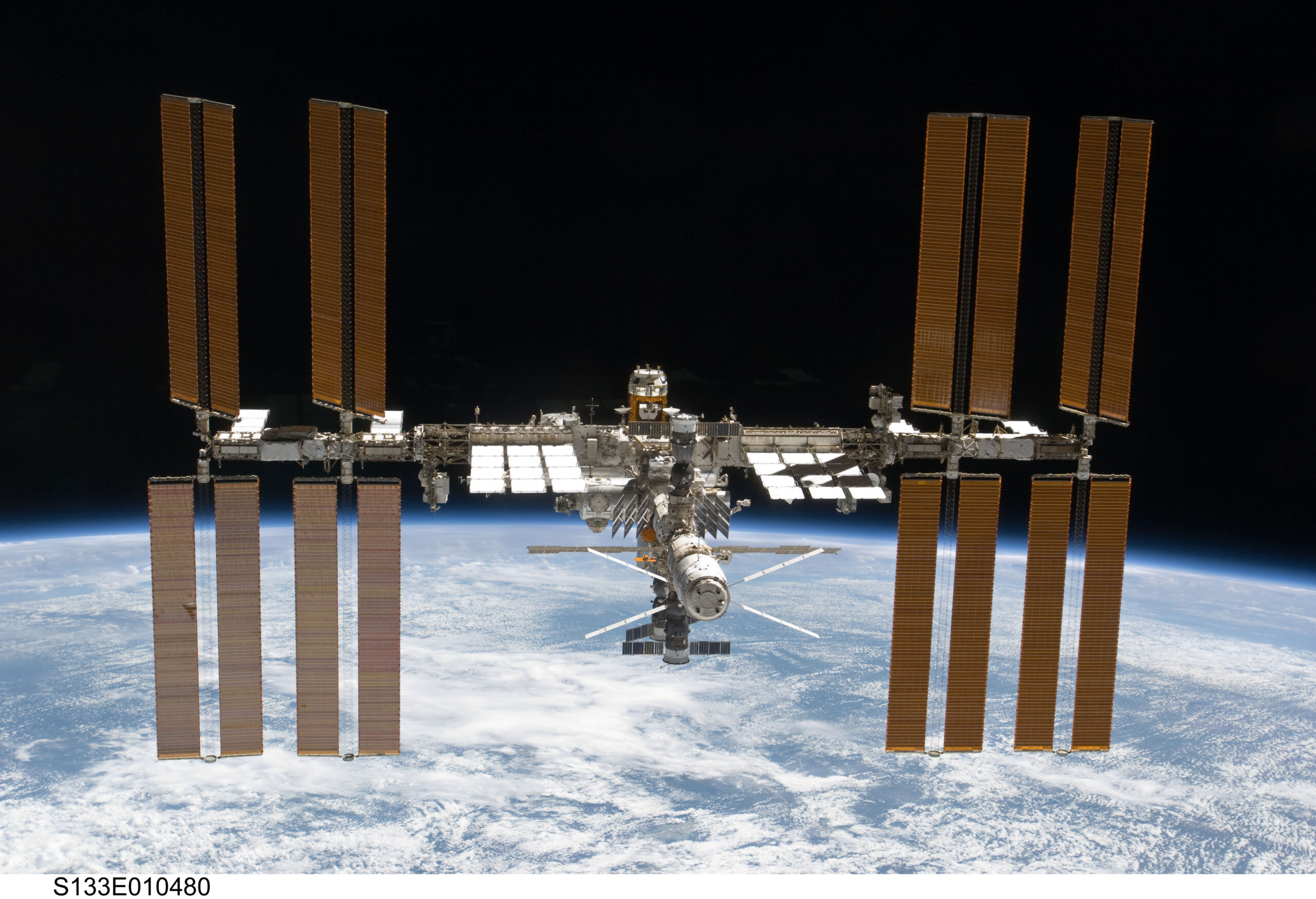
Astronaut Nicole Stott’s Earthrise Moment
By Gayil Nalls
Sign up for our monthly newsletter!
In her debut book, “Back to Earth: What Life in Space Taught Me about Our Home Planet, and Our Mission to Protect It” Nicole Stott, a NASA astronaut (retired), aquanaut, and artist, recounts the transformative journey that spaceflight afforded her and how it instilled in her a profound mission to safeguard our planetary home.
Having participated in two spaceflights and spent 104 days as a crewmember aboard the Space Shuttle and the International Space Station, where she served as a mission specialist and flight engineer, Stott’s unique perspective is not only that of a seasoned astronaut but also that of an accomplished artist. In an unprecedented creative feat, she became the first person to paint in the microgravity of space with watercolors.
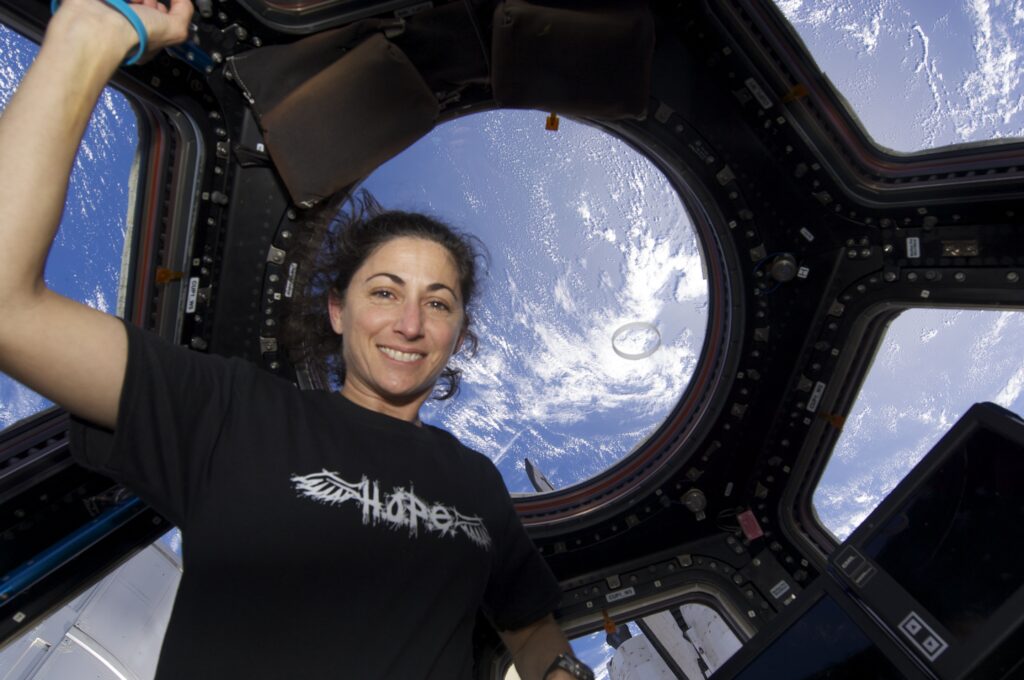
Stott delves into the vital lessons she gleaned from her experiences, emphasizing the critical role of a positive and solution-oriented mindset. She draws parallels between the cooperative and problem-solving ethos of space missions, particularly those aboard the space station, and the challenges we face on Earth. Stott advocates for a shift in perspective, urging individuals to see themselves as active “crew members” rather than passive “passengers” on the shared journey of life on Earth.
Stott’s mission extends beyond her book, encompassing her art, writing, and public engagements, underscoring the importance of understanding our interconnectedness with the environment and each other. Stott believes that adopting an engaged approach to addressing challenges is key, emphasizing the significance of open communication and collaborative problem-solving. By encouraging everyone to contribute actively to finding solutions, she contends that success will be achievable when each person recognizes their integral role in the collective endeavor to protect our home, spaceship Earth.
In a recent conversation with Nicole this December, we explored the profound insights she gained from her space experiences, including the value of plants in space, and how she continues to advocate for a more conscious and cooperative approach to addressing the challenges facing our planet.
Gayil Nalls: Would you describe your earthrise moment, the profound spectacle you saw, and what you felt looking out the window from the vantage point of the International Space Station?
Nicole Stott: I looked at all the pictures and videos of what my friends and colleagues had experienced before me and asked them about what they felt, but nothing prepared me for it. This included Bill Ander’s, one of the Apollo 8 astronauts, famous for his Earthrise photograph taken on December 24, 1968, the first color photograph of Earth rising above the moon.
The immediate impact of my Earthrise moment was profound. The significance of the opportunity to float and fly in space and look through a window of a space station back at Earth…. I was overwhelmed. I felt awe, and then this connection with gratitude to be looking at our glowing, colorful planet in deep space. That’s what I wanted to carry back—the awesomeness of the whole idea that we live on a planet. Philosophically, it changed everything for me. I felt that we all needed to be in awe of the Earth that we’re surrounded by every day,
In your book, you assert that the principles guiding space travel—belief in finding solutions to complex problems and the profound appreciation for the problem-solving possibilities arising from diverse teams acting as a cohesive crew—extend seamlessly to addressing challenges on Earth and among its inhabitants.
This perspective resonates universally, transcending even the context of an Interstellar or Star Trek future. It revolves around the themes of hope and inspiration, centered on the conviction that solutions exist and adopting an approach that explores the myriad ways problems can be solved, as opposed to dwelling on impediments.
This ethos, ingrained in the preparations and missions of astronauts, seamlessly aligns with life on Earth. It underscores the imperative for Earth’s inhabitants to emulate the spirit of a space crew, functioning as active participants rather than passive observers.
On Earth, cultivating a comprehensive understanding of the environment and all its life forms is crucial to determining how one can positively impact the world. This mirrors the daily activities aboard the space station, where every action, from scientific endeavors to constructing the station and managing its technology, is driven by the goal of fostering a positive influence. The routine involves assessing factors like atmospheric composition, clean water availability, structural integrity, and the well-being of fellow crewmates before delving into broader tasks for the day.
This conscious effort to understand and contribute positively aligns with the concept of Earth’s inhabitants functioning as a collective crew. It underscores our innate ability to tackle intricate problems and position ourselves as active contributors to the solutions required for survival.
Every individual should perceive themselves as a valuable member of the Earthly crew, recognizing that the collective application of diverse talents is essential. This becomes especially pertinent when confronting critical global challenges.
The shared belief that solutions exist is paramount, and it necessitates the proactive integration of varied skills and perspectives to implement these solutions effectively. In essence, acknowledging our capacity to overcome challenges and actively participating in the solution is a universal imperative that applies both in the vastness of space and the intricacies of life on Earth.
In our discussion about the International Space Station serving as a symbol of hope for humanity and the effective collaboration between you and the other crew members in space, the question arises: did you and your fellow crew members undergo social training to mitigate friction and stress, fostering better teamwork? Moreover, is such training something that should be universally implemented on Earth?
Much of our approach in the human spaceflight community stems from the imperative to collaboratively solve challenges. It’s a deliberate effort rooted in the awareness that we will operate as a team in extreme and remote environments, where our dependence on one another is vital for daily survival. Our training reflects this reality, shaping the fabric of our lives in space.
The essence of our daily existence in space revolves around the embedded understanding that emergencies demand a collective response. In such situations, the instinctive response is to function as a unified crew, pooling our skills and ingenuity to navigate crises and ensure our continued existence. Each challenge we encounter becomes a revealing journey, exposing individual strengths and weaknesses while fostering an acute awareness of these aspects within our crewmates.
Acknowledging personal weaknesses can be a difficult aspect of human nature, as we might be reluctant to admit areas where we may fall short compared to others. Yet, the success of our missions hinges on balancing individual strengths within the crew, and recognizing that diversity contributes to a more robust and effective team.
This fundamental concept extends beyond space exploration; it resonates with the idea that Earth’s inhabitants should likewise understand their individual capabilities and limitations. Just as we do in space, we must harness our strengths together with fellow Earthlings to address our most pressing challenges.
“At the heart of our existence on Earth lies the essential principle of recognizing and embracing a collective mission: the creation of conditions wherein all life not only survives but thrives.
The imperative is to align our behaviors with this overarching mission, urging us to engage in a unified effort for the greater good. By embracing this ethos, we cultivate a profound sense of being part of a vast crew, with each individual contributing uniquely to the collective solution for the benefit of all inhabitants of our planet.
In essence, every person, consciously or not, bears a mission on Earth. This journey entails the exploration and understanding of one’s strengths, learning how to harmonize them with others, and actively participating in the shared mission to ensure the well-being and prosperity of all life on our shared home.
You hold the distinction of being one of the first artists in space and notably the first individual to bring watercolors into the cosmic canvas. Could you share your experience of painting the wave and discuss the other artistic endeavors you pursued during your time in space?
There’s a common misconception that astronauts are solely focused on the technical aspects of a mission and that the idea of engaging in art seems incongruous with their roles. However, I’ve found the opposite to be true, and it brings me immense joy. In tackling challenging problems, we discover that believing in solutions entails utilizing our entire brain—leveraging all our talents for creative problem-solving.
I was delighted to learn that many of my colleagues, including those involved in mission control and astronaut training, also had interests in art, music, poetry, or photography. This connection between humanity and artistic expression has been a constant thread throughout human spaceflight history. It’s a testament to our innate desire to carry our humanity with us wherever we go.
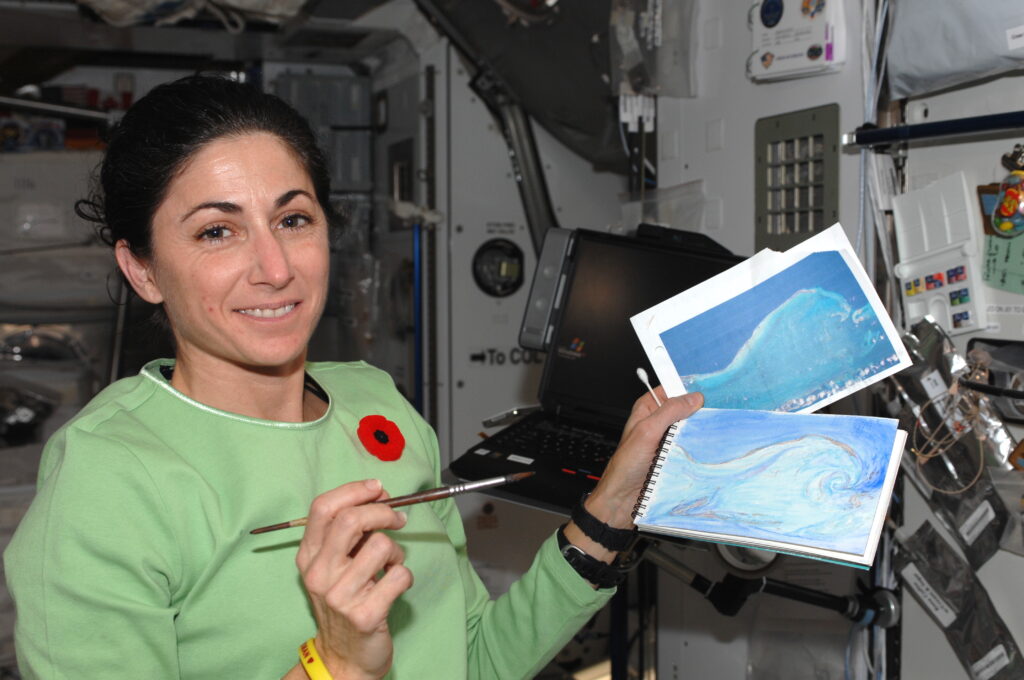
When I brought watercolors into space, the experience was unique due to the absence of gravity. Everything, including water and paintbrushes, floated. This distinctive environment allowed for scientific exploration, as gravity was eliminated from the equation. I encountered a learning curve in painting without gravity—dipping my brush into a floating ball of water and observing how water and paint behaved differently than on Earth.
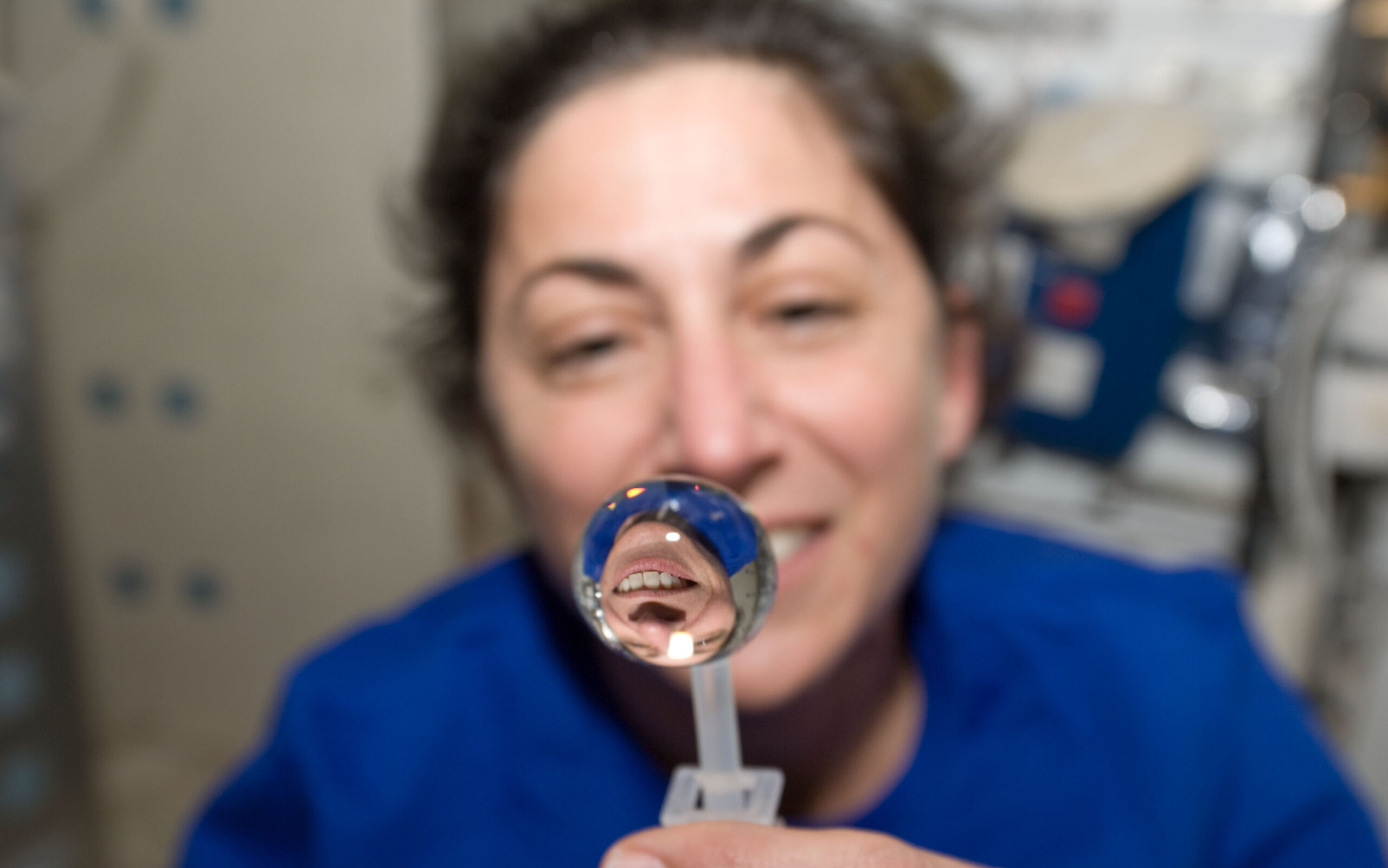
The organization became crucial as there were no stable surfaces like tables. Every item had to be thoughtfully arranged, adding a new dimension to the artistic process. Additionally, I couldn’t simply float in front of a window and paint whatever caught my eye. Traveling at 17,500 miles per hour, or about five miles per second, meant that the scenery changed rapidly. To address this, I printed out a picture of a chain of islands off the northern coast of Venezuela and painted based on that image. Despite the challenges, it was a transformative experience, and I’m grateful for the opportunity to explore art in a space environment.
The ISS is a sterile environment, but it has laboratory modules where scientific research takes place, often involving plants. Can you tell us about that and the meaning that plants take on in space?
Gardening is also a passion of mine much like art, and it led me to want to work with unique plants during experiments on the space station. The space station itself is enormous—a vast expanse where six or seven crew members can navigate independently during the day if they choose. It is a sterile environment with its white walls, cables, and unscented products designed to maintain clean air, but there exists a shared desire among us to come together and share experiences.
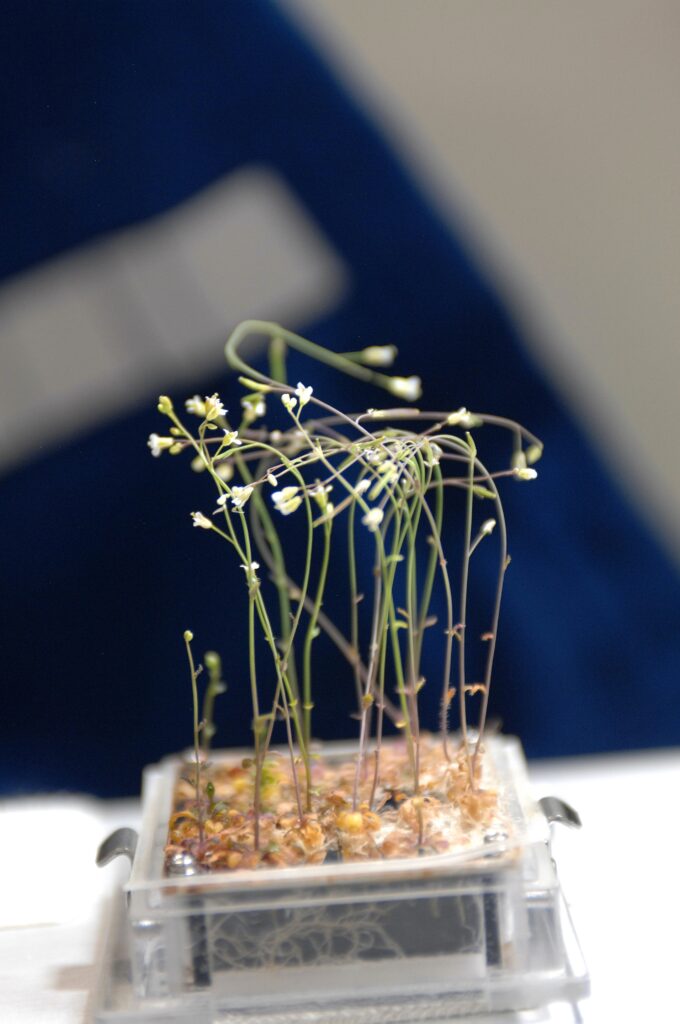
Whenever there were plant experiments, I always eagerly raised my hand. There’s an innate connection within us to be part of the nature from which we originated. Even working with tiny Arabidopsis flowers, resembling the tiniest version of Baby’s Breath, and related to cabbage and mustard plants, was a truly incredible experience. Opening the case, harvesting them, and experiencing the smell—a connection to Earth while on the space station—was profound.
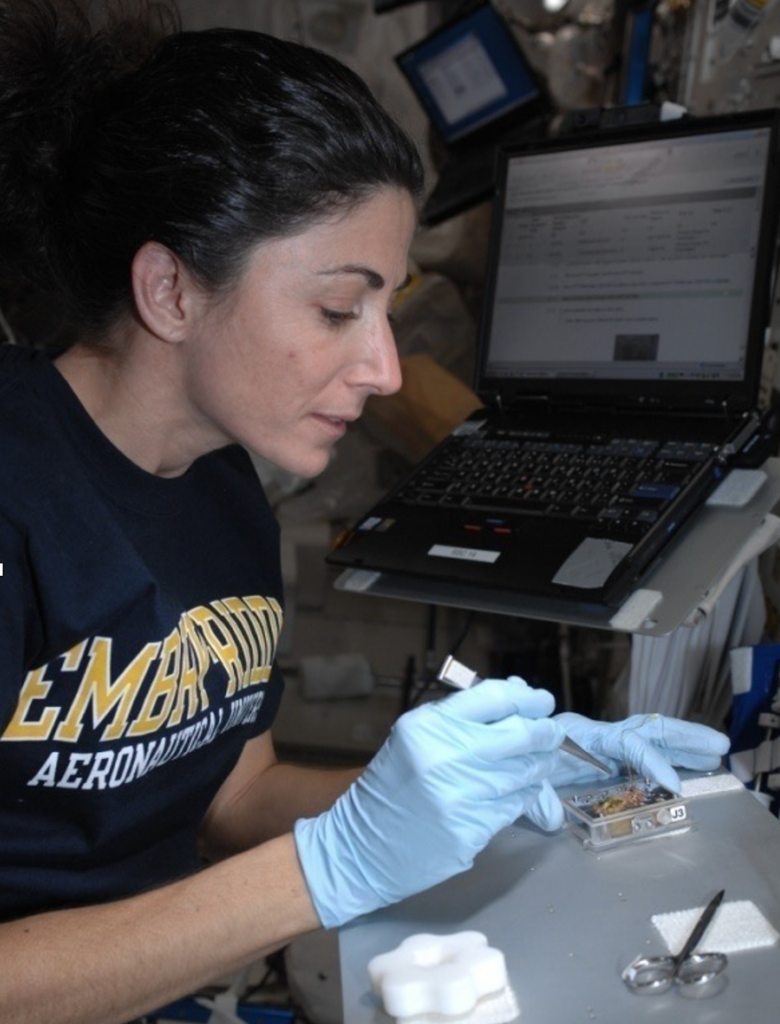
If one of us was working on a plant experiment, we all wanted to be there to witness it. It was fascinating to see everyone’s eagerness to get a little sense of Earth, even though devoid of soil, the smell of the plants and even the nutrient mix had distinctive aromas that deeply resonated with us.
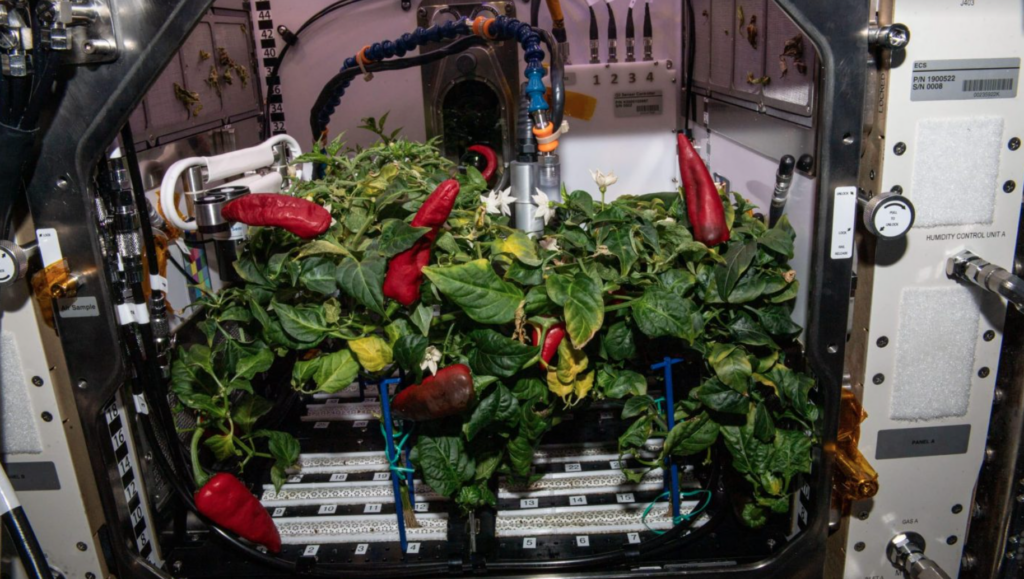
Growing plants in space presents numerous challenges, and over time, space station plant experiments have evolved. Now, we have a portable plant-growing structure called “Veggie”—a greenhouse-like structure where crew members grow peppers, tomatoes, lettuce, and more, sometimes even enjoying them. Each plant’s roots grow in a pouch filled with a mix of nutrient media and fertilizer. Although there was once a debate about whether crew members could consume their harvest, they can now open the plastic boxes, savor the scents, taste the plants, and revel in the harvest. It represents a connection back to Earth, and I believe that regardless of our destination, humans will always seek ways to carry Earth with us. Plants and nature, in this form, are likely to be one of the most significant ways we can achieve that. The profound importance of the sensory aspects of the plant world adds a beautiful and remarkable dimension to the space story.
Recalling the smell of these plants in space, I’m reminded of a powerful feeling of green—a true essence of Earth. This is why, irrespective of who was conducting the science, the entire crew wanted to float in for the olfactory experience. We all desired to touch and smell the plants for this grounding connection to Earth.
Moreover, cultivating plants in space serves as a valuable lesson in growing plants in challenging environments on Earth and advancing sustainability practices.
I believe that as we explore new frontiers, the desire to bring Earth with us will persist, and cultivating plants will remain one of the most effective ways to achieve that connection. Reflecting on my experiences back in my garden, there was nothing quite like putting my feet in the soil and feeling the profound connection to standing on the planet Earth.
What is the core message of your book?
The core principle is to recognize and accept the overarching mission we share on Earth: creating conditions for all life to not only survive but thrive. The call to action is to align our behaviors with this mission, promoting a collective effort for the greater good. Embracing this ethos fosters a sense of being part of a larger crew, everyone contributing uniquely to the solution for the benefit of all inhabitants of our planet.
In essence, every person has a mission on Earth, whether they realize it or not. The journey involves discovering one’s strengths, understanding how to apply them in harmony with others and actively participating in the collective mission to ensure the well-being and prosperity of all life on our shared home.

A limited number of signed copies of “Back to Earth: What Life in Space Taught Me about Our Home Planet, and Our Mission to Protect It” by Nicole Stott are available in our store.
Gayil Nalls is the founder of World Sensorium Conservancy.
Plantings
Issue 30 – December 2023
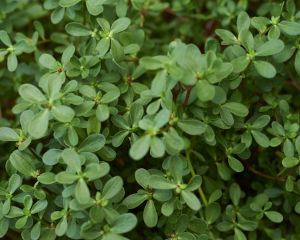
Viriditas: Musings on Magical Plants: Portulaca oleracea
By Margaux Crump
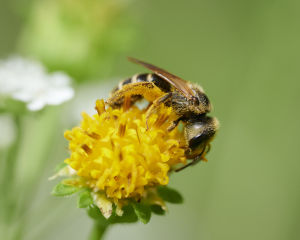
Proboscis, Pollen, and the Rapture of Interspecies Intimacy
By Jake Eshelman
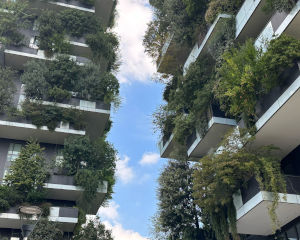
The Greening of Milan: Porta Nuova and Vertical Forest
By Gayil Nalls
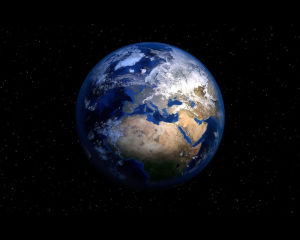
Overshooting Earth’s Boundaries: An Interview with Bill Rees
By Rachel Donald
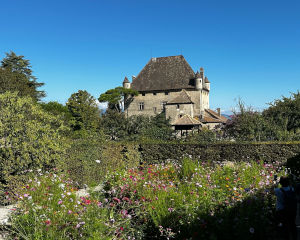
The Garden of the Five Senses
By Gayil Nalls
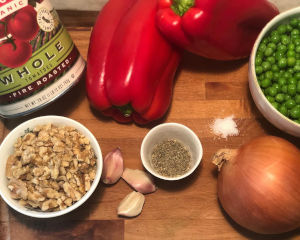
Eat More Plants Recipes:
Le Botaniste’s Fennel, Tomato, and Red Pepper Pasta Sauce

As Ireland transitions from the rich, smoky scent of peat-burning to a more sustainable future, its olfactory heritage is evolving. What will become the next iconic aromatic symbol of Ireland?
Click to watch the documentary trailer.


